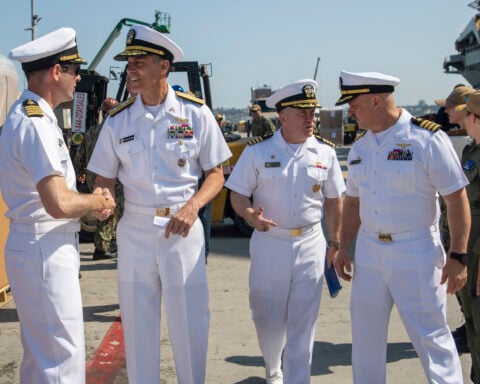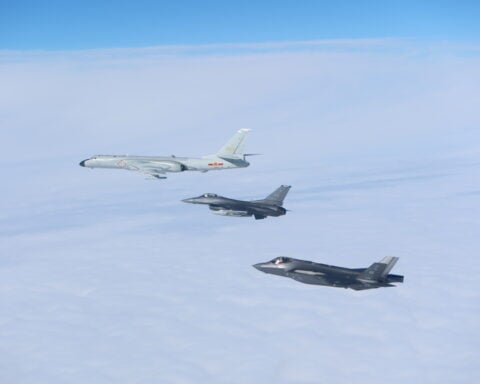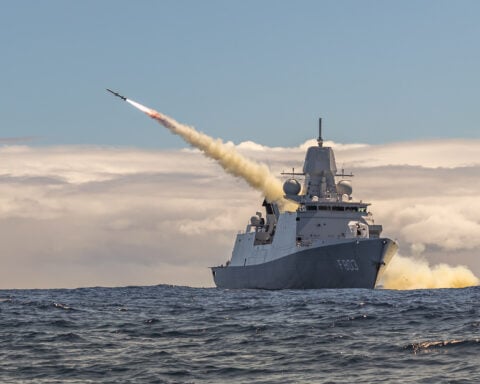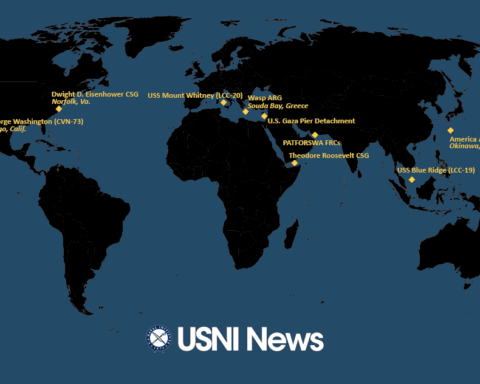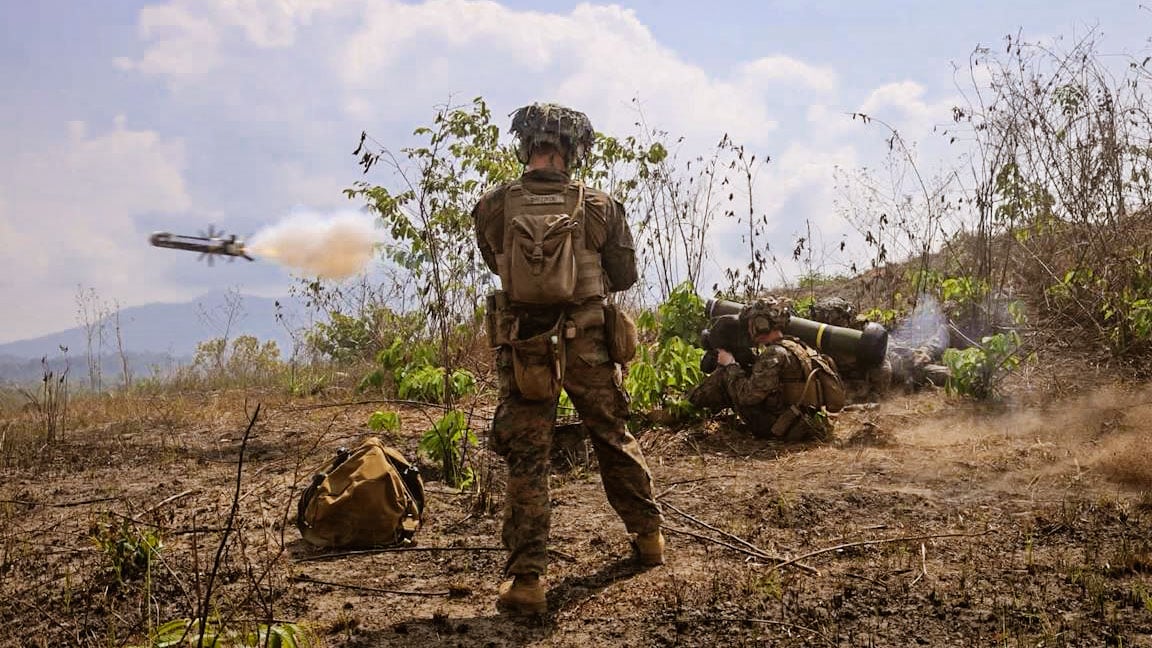
The U.S. wrapped up three major exercises in the Indo-Pacific recently: Exercise Cobra Gold 2024 in Thailand, Exercise Freedom Shield 24 in Korea and Exercise Iron Fist 24 in Japan.
On March 8, the U.S.-Thailand–led multilateral exercise Cobra Gold 2024, which began on Feb. 2,7 concluded with 9,590 troops from 30 countries participating as active participants or observers. A number of countries, however – including Japan, Australia and China – only participated in the noncombat portions of the exercise, such as the humanitarian and disaster relief , engineering support and civic assistance drills, while the U.S, Thailand and South Korea carried out the combat drills. U.S participation comprised more than 4,500 personnel from the U.S. Army, Air Force, Navy, Marine Corps and Space Force.
The Army’s participating units included the 2nd Stryker Brigade Combat Team and 2-158th Assault Helicopter Battalion, 16th Combat Aviation Brigade from the 7th Infantry Division and 2nd Battalion, 377th Parachute Field Artillery Regiment, 11th Airborne Division. The Air Force participated with the 80th Fighter Squadron flying F-16 fighters while the Marine Corps deployed elements of the 15th Marine Expeditionary Unit (MEU) embarked on board amphibious transport dock ship USS Somerset (LPD-25). Both Somerset and its embarked 15th MEU elements are part of the Boxer Amphibious Ready Group and 15th MEU team, which are operating in a disaggregated construct for its Indo-Pacific deployment. The remainder of the Boxer ARG, consisting of amphibious assault ship USS Boxer (LHD-4) and amphibious dock landing ship USS Harpers Ferry (LSD-49), are currently in port in San Diego and expected to deploy in spring. Along with Somerset, the Navy also had expeditionary sea base USS Miguel Keith (ESB-5) and a single P-8A Poseidon maritime patrol aircraft from Patrol Squadron 8 “Fighting Tigers” taking part in the exercise.
On Feb. 29, the P-8A integrated with two 80th Fighter Squadron F-16 fighters, U.S. Army AH-64 Apache attack helicopters, Royal Thai Air Force (RTAF) JAS-39 Gripen fighters and Royal Thai Navy (RTN) ships to find, target and destroy simulated maritime targets in the Gulf of Thailand, according to a U.S. Air Force release. During the amphibious exercise on Mar. 1, the P-8 carried out air surveillance. The amphibious exercise saw the 15th MEU on Somerset, Royal Thai Marine Corps on landing ship tank HTMS Surin (LST-722) and Republic of Korea (ROK) Marine Corps on landing ship tank ROKS No Jeok Bong (LST-689) conduct an amphibious assault landing at Hat Yao Beach in Rayong province. On Mar. 2, AH-64 Apaches and UH-60 Blackhawk utility helicopters from 2-158th Assault Helicopter Battalion conducted deck qualification landings on Miguel Keith. On Mar. 8, U.S., ROK and Royal Thai Marines conducted a combined-arms live-fire exercise (CALFEX), in Ban Chan Khrem, Chanthaburi province, as the culminating event of Cobra Gold 2024.
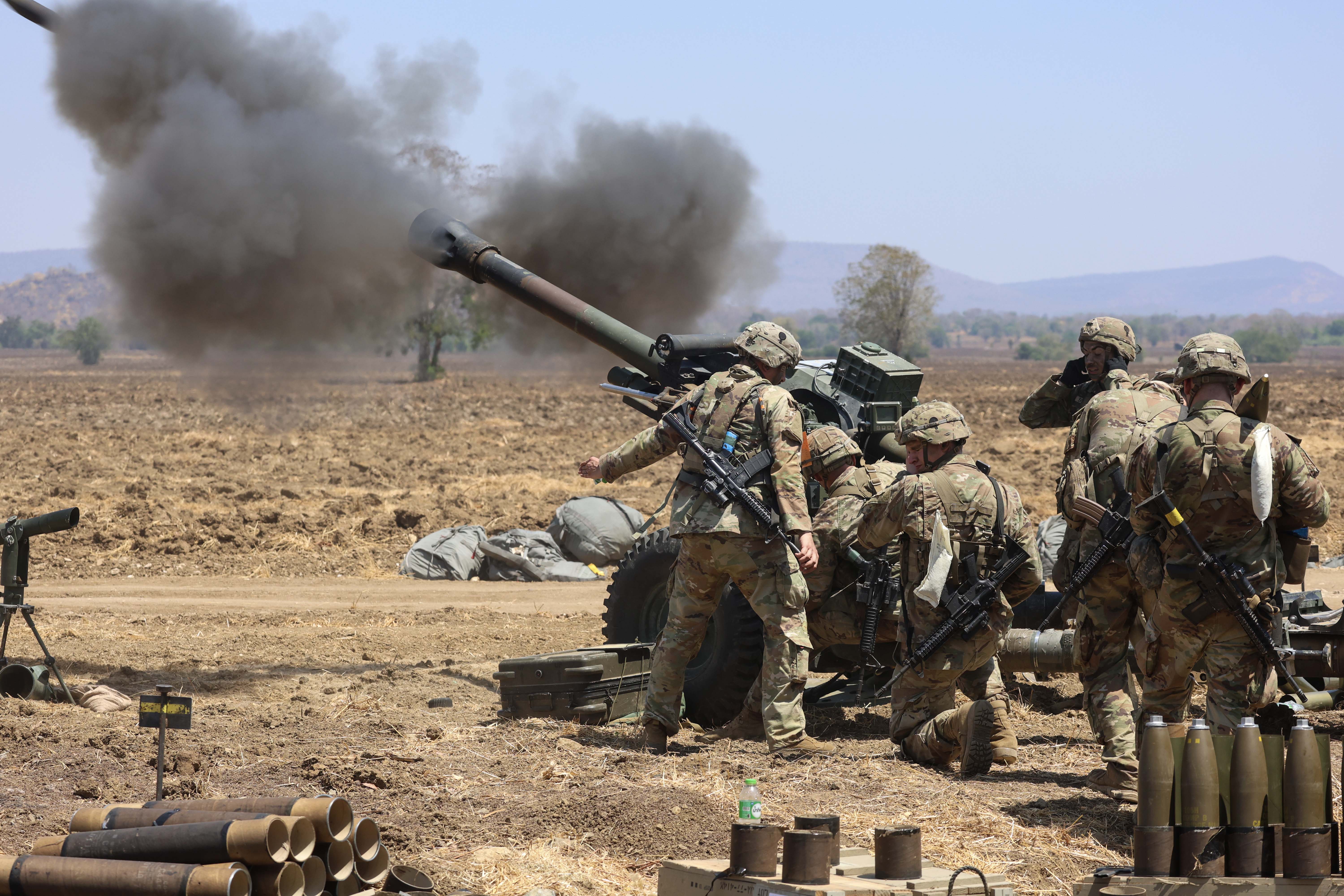
In Korea, Exercise Freedom Shield 24 concluded on Thursday. The annual exercise was geared to build understanding between Combined Forces Command, U.S. Forces Korea, the United Nations Command and ROK Joint Chiefs of Staff (JCS) to ensure their ability to fortify the combined defense posture and enhance alliance response against a spectrum of threats. While the majority of the drills involved U.S Army units in Korea and ROK forces conducting combat training and joint live firing, U.S. Marines from III Marine Expeditionary Force (MEF), and Marines from 1st Marine Division, I MEF, joined their ROK counterparts to exercise as the Combined Marine Component Command (CMCC) for Freedom Shield 24, with the CMCC rehearsing forcewide command and control of combined U.S.-ROK forces, according to a Marine Corps release.
During the Freedom Shield 24 exercise, North Korean leader Kim Jong Un personally oversaw artillery firing and tank and airborne assault drills while calling on his military to be prepared for the possibility of war.
In Japan on Sunday, the U.S. and Japan concluded the bilateral annual exercise Iron Fist 24. Until 2023, the exercise was held in California before shifting to Japan in the vicinity of its southwest islands – an area of concern both because of Chinese claims to the disputed Senkaku islands and also with the People’s Liberation Army Navy (PLAN) deploying its carrier strike groups to international waters near the area to conduct drills there.
The exercise began on Feb. 24 and saw U.S. Marines of the 31st MEU and the America ARG – comprising of amphibious assault carrier USS America (LHA-6) and amphibious transport dock, USS Green Bay (LPD-20) – carry out a variety of amphibious, ground and naval drills with the Japan Ground Self Defense Force (JGSDF) Amphibious Rapid Deployment Brigade (ARDB) and Japan Maritime Self Defense Force (JMSDF) tank landing ship JS Kunisaki (LST-4003) and minesweeper JS Etajima (MSO-306). The exercise took place around the waters and on Okinawa and the southwest island of Okinoerabu, which lies between Okinawa and the main island of Kyushu.


